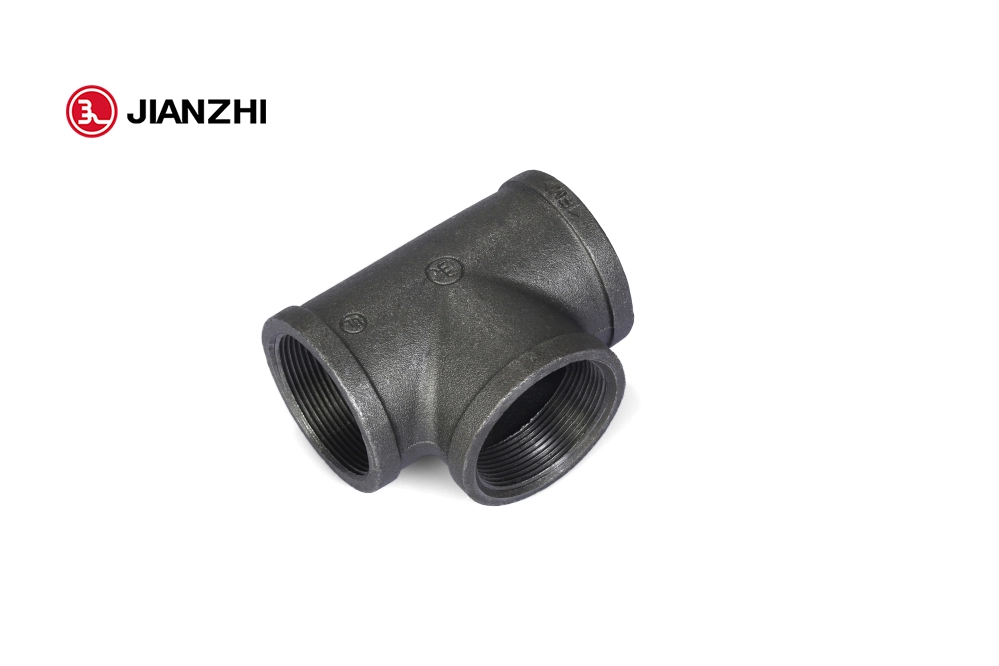How do I choose the correct type and size of T fitting for my application?
A pipe T fitting is a type of pipe fitting that is used to connect three pipes at a T-shaped intersection. The T fitting has three openings, with one opening on the top and two openings on the sides, forming a T shape. The top opening is usually the same size as the other two openings, allowing for equal flow of fluid or gas through each branch of the T.
Pipe T fittings come in a variety of materials, including PVC, copper, steel, and brass, and are available in different sizes to accommodate various pipe diameters. They are commonly used in plumbing and industrial applications to join pipes at a T intersection, allowing for the flow of fluids or gases in multiple directions.
T fittings are available in different configurations, including:
Standard T fitting: A standard T fitting has three openings of equal size and is used to join three pipes of the same diameter.
Reducing T fitting: A reducing T fitting has three openings of different sizes, allowing for the connection of three pipes of different diameters.
Cross T fitting: A cross T fitting has four openings, with one opening on the top and three openings on the sides, forming a cross shape. Cross T fittings are used to join four pipes at a cross intersection.
Pipe T fittings can be secured to the pipes using various methods, including soldering, welding, or threading, depending on the material and application. China pipe t fitting It is important to choose the correct type and size of T fitting for your specific application to ensure a tight and secure connection.
To choose the correct type and size of T fitting for your application, you should consider the following factors:
Material: Choose a T fitting made from the same material as your pipes to ensure compatibility and prevent corrosion or other issues that may arise from using incompatible materials.
Size: Determine the size of the pipes you need to connect and choose a T fitting that matches the diameter of the pipes. Make sure to consider the inner diameter of the pipes, as well as the outer diameter, as this can affect the flow rate and overall performance of the system.
Configuration: Choose the appropriate T fitting configuration for your application. Standard T fittings are used to connect three pipes at a T intersection, while reducing T fittings are used to connect pipes of different diameters.
Pressure and temperature rating: Consider the pressure and temperature rating of the T fitting to ensure that it can withstand the conditions of your application without failure.
End connections: Consider the type of end connections on the T fitting, such as threaded, soldered, or welded connections, and choose the appropriate type for your specific application.
Standards: Consider any industry standards or regulations that may apply to your application, such as ASME or ASTM standards, and choose a T fitting that meets these requirements.
Overall, choosing the correct type and size of T fitting for your application requires careful consideration of several factors. It is important to consult with a knowledgeable supplier or manufacturer to ensure that you choose the appropriate T fitting for your specific needs and requirements.
